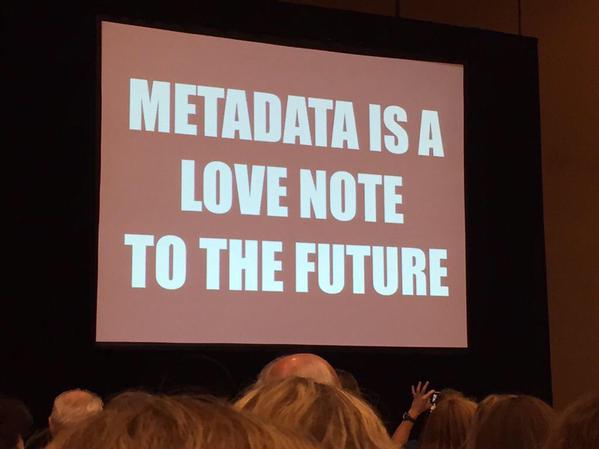The Life Cycle of Programming Languages by Betsy Haibel
I don’t know that you will agree with Betsy’s conclusion but it is an interesting read.
…
Fourteen years ago the authors of the Agile Manifesto said unto us: all technical problems are people problems that manifest technically. In doing so they repeated what Peopleware’s DeMarco and Lister had said fourteen years before that. We cannot break the endless cycle of broken frameworks and buggy software by pretending that broken, homogenous [sic] communities can produce frameworks that meet the varied needs of a broad developer base. We have known this for three decades.
…
The “homogeneous community” in question is, of course, white males.
I have no idea if the founders of the languages she mentions are all white males or not. But for purposes of argument, let’s say that the founding communities in question are exclusively white males. And intentionally so.
OK, where is the comparison case of language development that demonstrates a more gender, racial, sexual orientation, religious, inclusive group would produce less broken frameworks and less buggy software, but some specified measure?
I understand the point that frameworks and code are currently broken and buggy, no argument there. No need to repeat that or come up with new examples.
The question that interests me and I suspect would interest developers and customers alike, is where are the frameworks or code that is less buggy because they were created by more inclusive communities?
Inclusion will sell itself, quickly, if the case can be made that inclusive communities produce more useful frameworks or less buggy code.
In making the case for inclusion, citing studies that groups are more creative when diverse isn’t enough. Point to the better framework or less buggy code created by a diverse community. That should not be hard to do, assuming such evidence exists.
Make no mistake, I think discrimination on the basis of gender, race, sexual orientation, religion, etc. are not only illegal, they are immoral. However, the case for non-discrimination is harmed by speculative claims for improved results that are not based on facts.
Where are those facts? I would love to be able to cite them.
PS: Flames will be deleted. With others I fought gender/racial discrimination in organizing garment factories where the body heat of the workers was the only heat in the winter. Only to be betrayed by a union more interested in dues than justice for workers. Defeating discrimination requires facts, not rhetoric. (Recalling it was Brown vs. Board of Education that pioneered the use of social studies data in education litigation. They offered facts, not opinions.)




